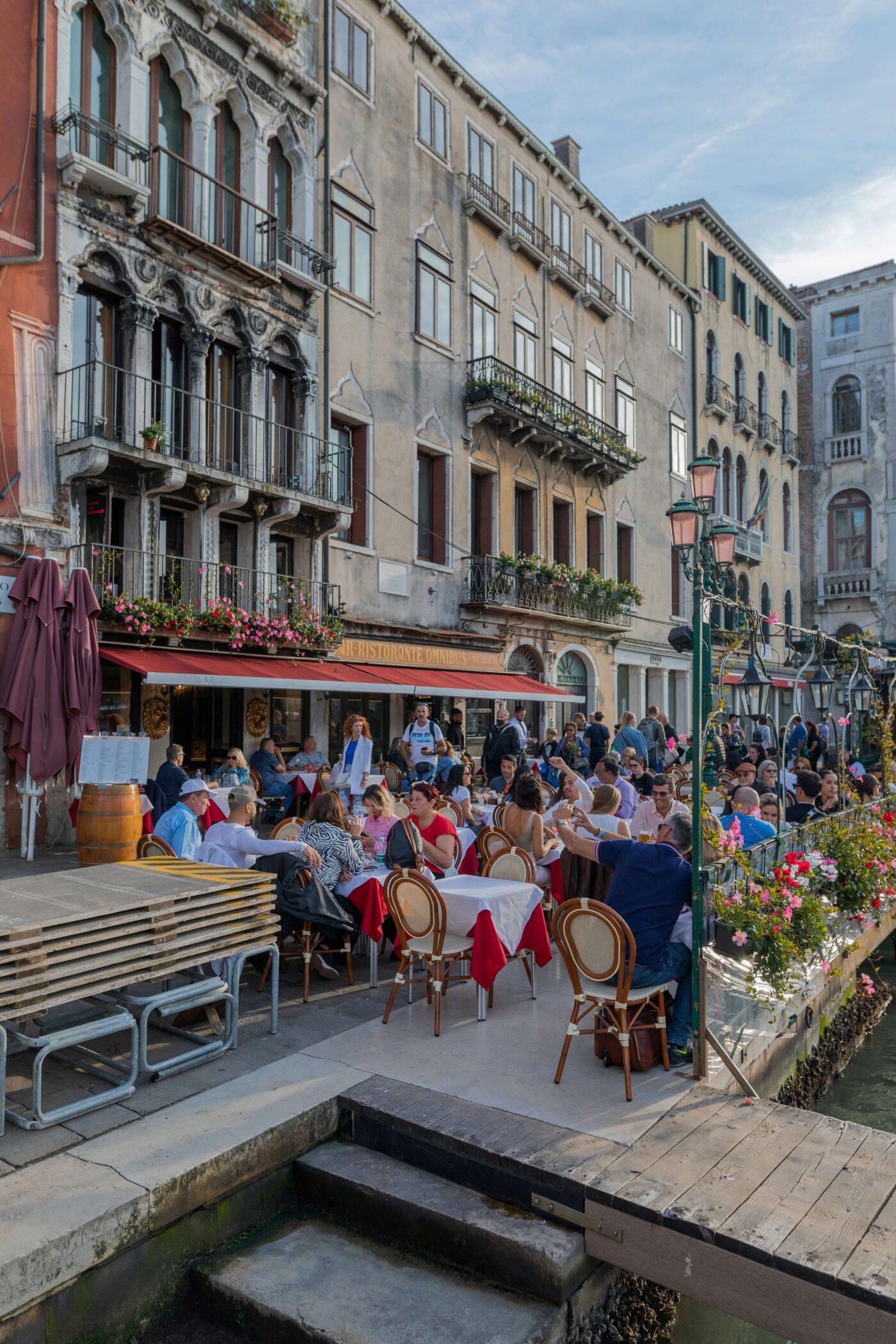BUONGIORNO! COME STAI?
How to speak Italian and not sound like a tourist. (Well, you can’t, but you can do better by understanding the customs)
The truth is, if you’re visiting Italy — even with a good grasp of the language — your accent or actions will likely reveal you are a tourist.
But that’s not a bad thing! As Anna Magnani famously said, “Please don’t retouch my wrinkles. It took me a lifetime to earn them.” Your accent isn’t something to hide — it’s a testament to your courage in stepping outside your comfort zone! Think of it as a sign of bravery!
Communication is more than language alone. Nonverbal cues, such as body language and subtle social habits — and maybe not so subtle — reveal much about you. It’s perfectly fine to show that you come from another culture: no one expects you to hide that. Still, understanding local customs and norms can greatly enhance your travel experience, and make your interactions more meaningful and wonderful, while showing genuine respect.
Truly connecting in Italy means being able to communicate effectively, going beyond just language itself to embrace the extralinguistic and socio-pragmatic aspects of Italian culture.
How to Address People in Italy
 Many of my clients wonder about Italian social etiquette, they ask, “Should I really learn how to address people formally? Do you use ‘Lei’ in Italy?” — Lei is technically “she” in Italian (and Lui is “he”) but Lei is generally used for either gender, as the more formal version of “you”.
Many of my clients wonder about Italian social etiquette, they ask, “Should I really learn how to address people formally? Do you use ‘Lei’ in Italy?” — Lei is technically “she” in Italian (and Lui is “he”) but Lei is generally used for either gender, as the more formal version of “you”.
The short answer is yes: understanding formal address is essential.
I vividly recall a day at the hairdresser when a young employee greeted an elegant woman in her mid-60s casually with “ciao.” Immediately, something felt off. In Italy addressing older individuals formally with “Lei” is a sign of respect.
When the woman stepped out briefly, the salon owner gently teased the employee: “You’re really struggling with using ‘Lei,’ aren’t you?” The young employee realized her mistake. Upon returning, the client was addressed formally, and the atmosphere relaxed. This small gesture highlighted the importance Italians place on courtesy.
My 83-year-old mother confided that informal greetings like ‘ciao’ from younger people make her feel uneasy — as if respect is fading away. In Italian culture, especially among the older generation, being addressed formally is a profound sign of respect and consideration. While younger Italians may adopt a more casual approach, visitors do well to honor these subtle social norms.
The rule of thumb is simple: use “tu” with friends, family, and children; use “Lei” with strangers, older people, or in formal settings. If unsure, as a rule of thumb greet others with “buongiorno,” “buonasera,” or “salve” instead of the overly informal “ciao.”
These little efforts can greatly enhance your interactions. Seriously. We’re not being fussy!

Blending In, Italian Style
Being Italian isn’t just about language; it’s also about how you carry yourself, dress, and interact.
For instance, Italians take appearance seriously. You’re in Italy, not Walmart. There’s an Italian saying, “l’abito non fa il monaco” (the clothes don’t make the monk), but in practice, Italians often believe the opposite: “l’abito fa il monaco” — meaning your attire influences how others perceive you. Dressing respectfully is part of blending in and showing appreciation for Italian culture.
Unwritten culinary rules in Italy are treated almost sacredly. For example, ordering a cappuccino after lunch will earn you puzzled looks — Italians typically enjoy it only at breakfast. And you know this already, but avoid cutting spaghetti. Italians twirl pasta on their fork. By the way, don’t cut your pasta when you’re back home either! It’s not as tasty that way.
Meals in Italy are social experiences, emphasizing connection and enjoyment. Eating on the run is uncommon and considered unusual. People who sit around fountains eating sandwiches are immediately known as tourists. Again, you’re in Italy! Part of the pleasure is to take your time eating, have lunches and dinners that are too long!
To communicate effectively, you must understand the unwritten rules, nonverbal signals, and cultural subtleties. Apps can be helpful, but they often miss these crucial elements. Fully embracing the Italian language means going beyond the language and grammatical rules, it means leaning into the culture and norms that surround it.
As Federico Fellini beautifully expressed, “A different language is a different vision of life.” By engaging with Italy’s cultural nuances and social practices, you’ll enrich your travels and foster meaningful connections.
You’ll genuinely experience Italy from within.
Elisabetta Maccani is a certified Professional Neurolanguage Coach, and customizes her program per-student. You might recognize her from her popular YouTube Channel, where she helps more than 38,000 people improve their Italian. Vero!









